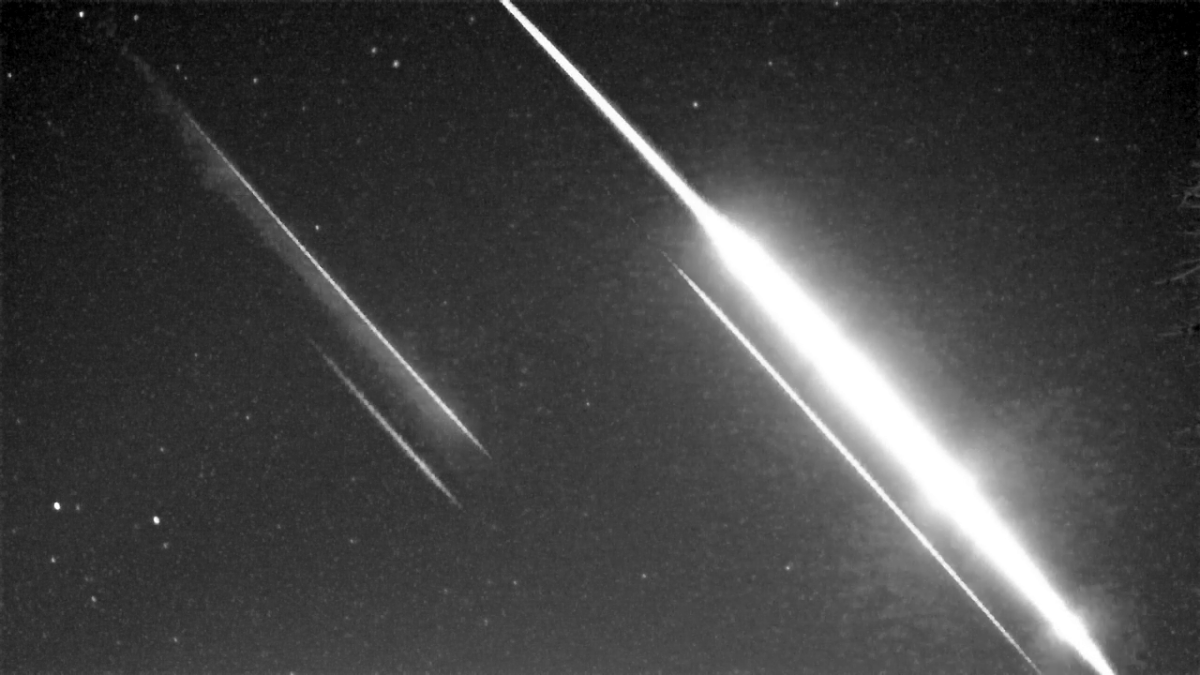Star light, star bright … residents along Lake Simcoe may have seen parts of a shooting star fall out of the sky Sunday night.

Western University’s physics and astronomy department runs an all-sky camera network that monitors the sky for meteors.
On Sunday, the camera observed a bright fireball across southern Ontario at 11:37 p.m.
Researchers say the video data suggests that fragments of the meteor are likely to have made it to the ground near the eastern shore of Lake Simcoe, just north of the town of Argyle.
Denis Vida, who specializes in the study of meteors, confirmed that more than a dozen all-sky cameras of Western’s Southern Ontario Meteor Network captured the event north of Toronto on late Sunday, as did a number of citizen scientist-operated cameras from the Global Meteor Network.
“This fireball was particularly significant because it was moving slowly, was on an asteroidal orbit and ended very low in the atmosphere. These are all good indicators that material survived,” Vida says.
Vida also notes that pieces of the meteorite have likely survived because the fireball was still producing light at just 29 kilometres altitude. It also had a steep entry angle, around 30 degrees from vertical.
With these two factors, she said it’s likely many small meteorites have made it to the ground.
The starry event is also good for Western’s meteor research group, which was able to get good-quality video data that they will use to calculate the rock’s origin in our solar system.
Preliminary data from the video shows the fireball was first visible at an altitude of 90 km and travelled almost due north, researchers say.
“The initial mass is believed to have been around 10 kilograms, and we would expect tens to hundreds of grams of material on the ground,” Vida says.
“Meteorites are of great interest to researchers as studying them helps us to understand the formation and evolution of the solar system.”
Those thinking of going for a galactic rock hunt will want to keep a few things in mind — especially with ownership rules around finding the space rock.
Before people head out to search Lake Simcoe, people should keep in mind that in Canada, meteorites belong to the owner of the land upon which they are found. If individuals plan to search, they should always obtain the land owner’s permission before venturing onto private land.
Meteorites are also usually recognized by their dark, often scalloped exterior.
Researchers also say the rocks are usually denser than “normal” rocks and will often be attracted to a magnet due to their metal content.
Unlike in superhero films, researchers say the outer space debris is not dangerous, but if recovered, it is best to place them in a clean plastic bag or wrap them in aluminum foil, experts suggest.
They should also be handled as little as possible to help preserve their scientific value.









Comments